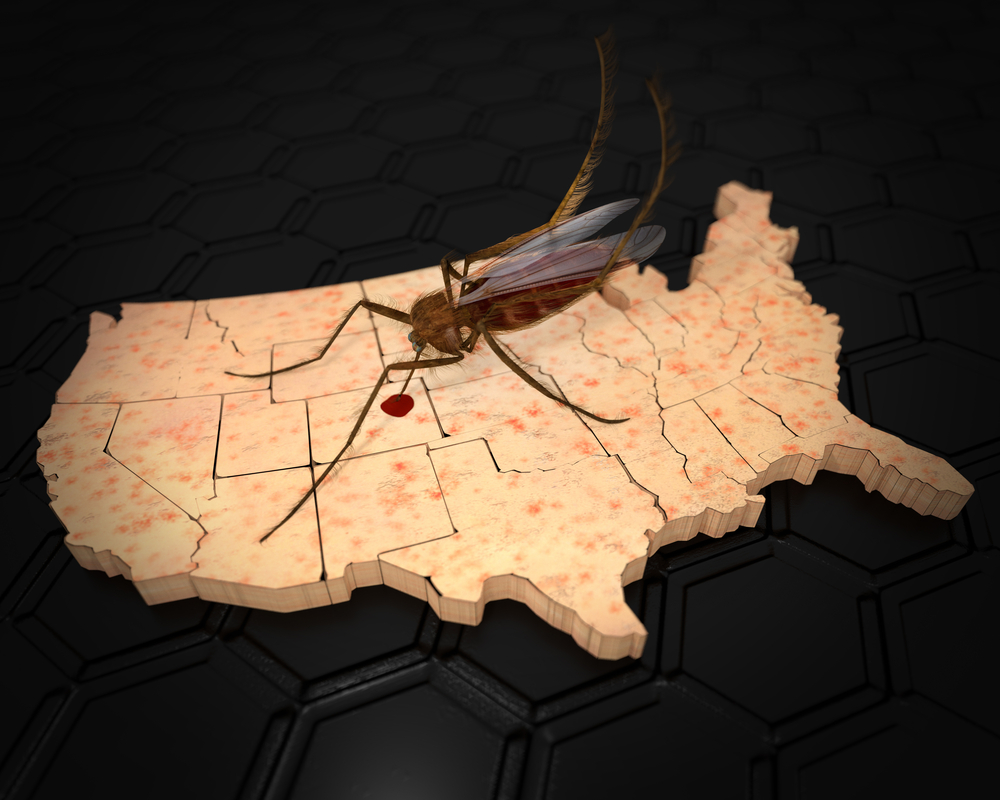
Three-quarters of mainland U.S. counties are now environmentally suitable for disease-transmitting mosquitoes, according to an update of models by the Centers for Disease Control and Prevention (CDC).
Two mosquito species–aedes aegypti and aedes albopictus–can survive for at least part of the year in most of the country, and that means vulnerabilities for Zika, dengue, chikungunya, yellow fever and similar viruses are spreading. The study was based on existing county records of mosquito presence, and in so analyzing, discovered mosquito reach had spread further into the northeast, though they remained limited in the southwest.
“Surveillance efforts can be focused in counties where Ae. aegypti and Ae. albopictus could survive and reproduce if introduced to an area during the months when mosquitoes are locally active or at least survive during summer months if introduced,” Rebecca Eisen, a research biologist with the CDC and senior author of the study, said. “Additionally, the maps can help healthcare providers and the public understand where these types of mosquitoes could be found so that they can take steps to protect against mosquito bites and possible infection.”
That does not mean new maps from the CDC show actual mosquito numbers or their real risk of transmission as there will still be varying pockets inside or outside identified areas of spread. Regardless, the CDC model found that temperature is the largest contributing factor to mosquito suitability in an area. Consistently cold temperatures in winter remain the largest barrier to the survival of their eggs. For albopictus, precipitation is also critical to growth.




